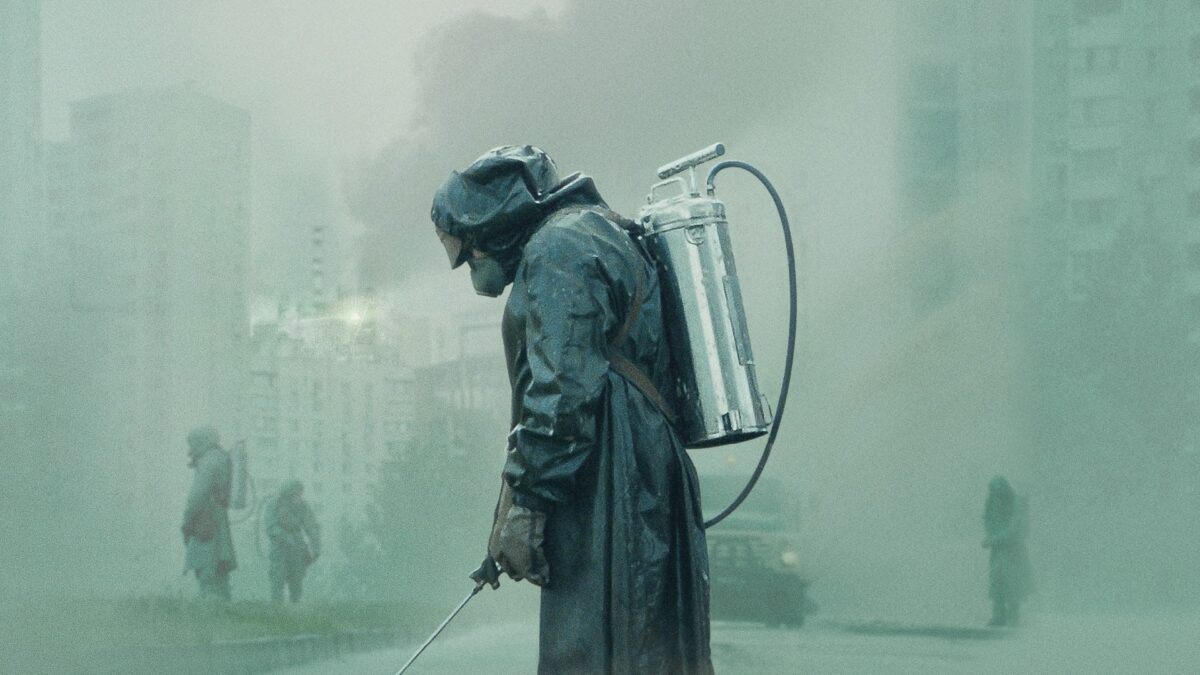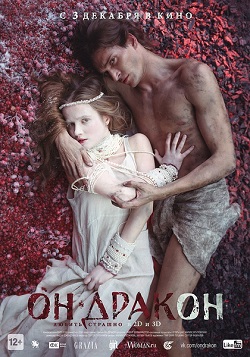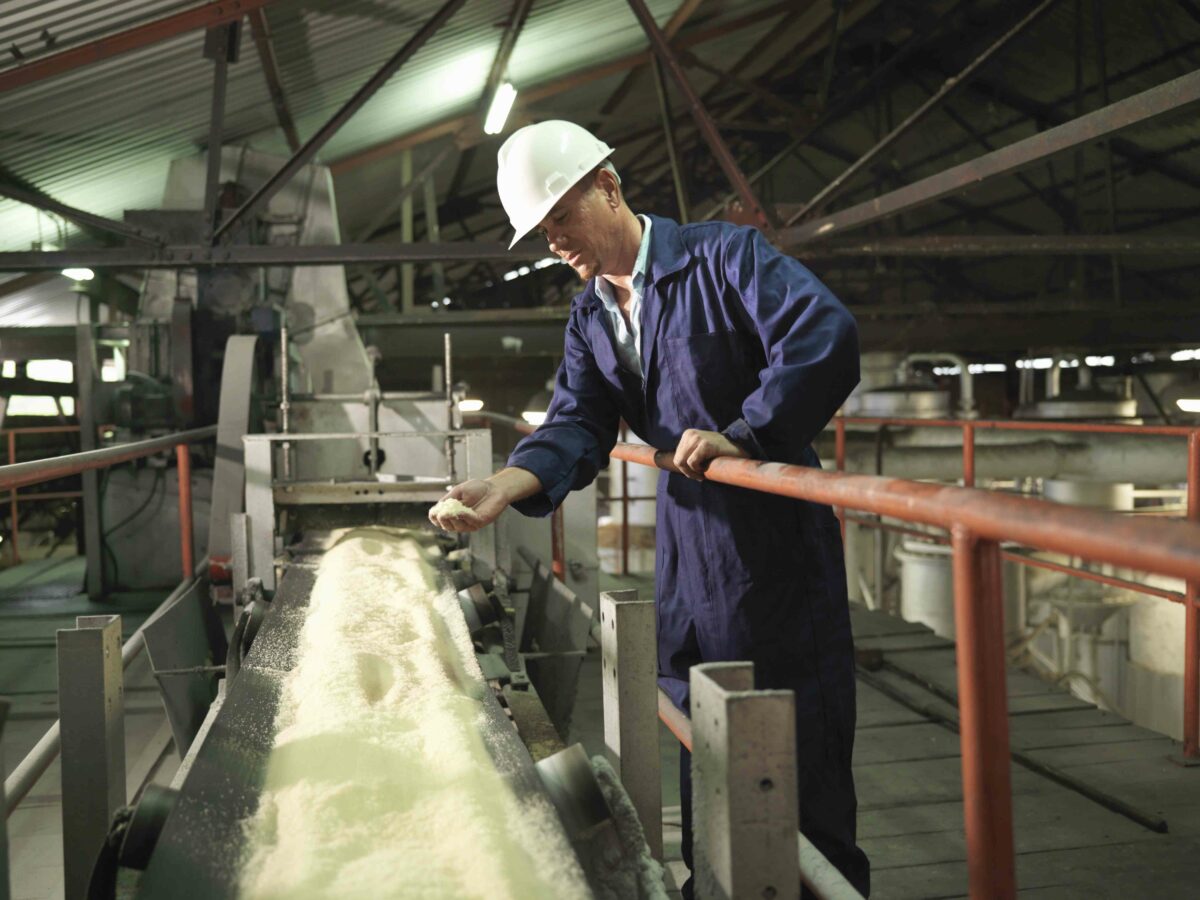Introduction:
“Chernobyl,” the 2019 HBO miniseries created by Craig Mazin, stands as a haunting and meticulously crafted portrayal of the catastrophic nuclear disaster that unfolded in 1986 at the Chernobyl Nuclear Power Plant. With its stark realism, unflinching storytelling, and impeccable attention to detail, the series transcends the boundaries of traditional television, offering a profound exploration of the human cost of the disaster, the systemic failures that led to it, and the remarkable acts of courage that emerged in its aftermath. In this extensive review, we delve into the brilliance of “Chernobyl,” examining its historical accuracy, narrative structure, character portrayal, cinematography, and the profound impact it has left on both television storytelling and global perceptions of nuclear energy.
I. Historical Accuracy and Context:
A. Rigorous Research:
- “Chernobyl” is underpinned by extensive research and consultation with experts, ensuring a high degree of historical accuracy.
- The series draws from various sources, including accounts from firefighters, plant workers, and firsthand testimonies.
B. Factual Foundation:
- The series meticulously reconstructs the events leading up to and following the explosion at Reactor No. 4.
- The portrayal of the disaster adheres closely to the chronology of the actual events, providing viewers with an authentic window into the tragedy.
C. Examination of Systemic Failures:
- “Chernobyl” goes beyond the immediate events of the disaster to examine the systemic failures and cultural issues that contributed to it.
- The series explores the consequences of a flawed bureaucratic system, the suppression of information, and the sacrifice of individuals for the sake of political interests.
II. Narrative Structure:
A. Chronological Precision:
- The series unfolds in a linear fashion, meticulously reconstructing the timeline of the disaster.
- The chronological precision enhances the storytelling, allowing viewers to grasp the unfolding crisis with clarity and intensity.
B. Multi-Perspective Storytelling:
- “Chernobyl” weaves together multiple perspectives, including those of firefighters, plant workers, scientists, and government officials.
- This multi-perspective approach provides a comprehensive view of the disaster, capturing its impact on individuals from various walks of life.
C. Tension and Unraveling:
- The narrative is marked by a pervasive sense of tension, as the audience witnesses the escalating crisis.
- The slow unraveling of events heightens the suspense, creating a gripping viewing experience.
III. Character Portrayals:
A. Humanizing the Crisis:
- The series humanizes the disaster by focusing on the experiences of individuals caught in its aftermath.
- By depicting the sacrifices and struggles of real people, “Chernobyl” transcends a mere historical retelling to become a deeply personal and emotional narrative.
B. Valery Legasov (Jared Harris):
- Jared Harris delivers a powerhouse performance as Valery Legasov, the lead scientist tasked with managing the crisis.
- Legasov’s internal conflict, moral dilemmas, and eventual realization of the depth of the disaster form a central emotional arc in the series.
C. Ulana Khomyuk (Emily Watson):
- Emily Watson portrays Ulana Khomyuk, a fictional composite character representing the many scientists who worked to uncover the truth.
- Khomyuk serves as a narrative device, connecting various aspects of the story and symbolizing the collective pursuit of truth.
D. Lyudmilla Ignatenko (Jessie Buckley):
- Jessie Buckley delivers a poignant portrayal of Lyudmilla Ignatenko, the pregnant wife of a firefighter.
- Lyudmilla’s perspective offers a human dimension to the tragedy, highlighting the impact on families and the lingering consequences of radiation exposure.
IV. Cinematography and Visual Atmosphere:
A. Aesthetic Realism:
- The cinematography, led by Jakob Ihre, captures the stark and eerie atmosphere of Chernobyl.
- The desolate landscapes, the eerie glow of radiation, and the haunting interiors of the power plant contribute to the series’ atmospheric intensity.
B. Symbolism and Imagery:
- “Chernobyl” utilizes symbolism and visual metaphors to underscore its themes.
- The recurring image of the glowing blue reactor core serves as a potent symbol of the invisible and insidious nature of radiation.
C. Unsettling Visuals:
- The series employs unsettling visuals to convey the horror of the disaster, from the immediate aftermath of the explosion to the grim scenes of cleanup efforts.
- The visual impact serves as a visceral reminder of the catastrophic consequences of nuclear accidents.
V. Realism and Technical Detail:
A. Authentic Set Design:
- The production team meticulously recreated the Chernobyl Exclusion Zone and the interiors of the power plant.
- The authentic set design contributes to the series’ immersive realism, transporting viewers to the heart of the disaster.
B. Radiation Effects:
- The series employs visual effects to realistically depict the immediate and long-term effects of radiation on the human body.
- The portrayal of radiation sickness is both clinical and harrowing, reinforcing the gravity of the disaster.
VI. Social and Environmental Commentary:
A. Reflection on Nuclear Energy:
- “Chernobyl” prompts reflection on the risks and ethical considerations of nuclear energy.
- The series invites viewers to consider the consequences of prioritizing political interests over safety in the pursuit of technological advancement.
B. Legacy of Denial:
- The series addresses the legacy of denial and suppression of information by the Soviet government.
- The consequences of prioritizing the illusion of infallibility over the safety of citizens resonate as cautionary tales for contemporary society.
VII. Critical Acclaim and Awards:
A. Universal Praise:
- “Chernobyl” received widespread critical acclaim for its realism, storytelling, and performances.
- The series is lauded for its ability to engage audiences emotionally while maintaining historical integrity.
B. Awards Recognition:
- The series garnered numerous awards, including Emmy Awards and a Golden Globe.
- Its recognition solidified its place as one of the most impactful and well-crafted television productions of its time.
VIII. Global Impact:
A. International Resonance:
- “Chernobyl” resonated globally, sparking conversations about the consequences of nuclear disasters and the importance of transparency in governance.
- The series prompted renewed interest in the Chernobyl disaster, leading to increased tourism to the exclusion zone.
B. Educational Value:
- The series has been incorporated into educational curricula, offering a compelling and accessible way to teach about the Chernobyl disaster.
- Its impact extends beyond entertainment, serving as a tool for raising awareness about the implications of nuclear energy.
IX. Conclusion:
“Chernobyl” (2019) emerges not only as a television masterpiece but as a cultural touchstone that transcends its medium. With a commitment to historical accuracy, unflinching storytelling, and powerful performances, the series invites viewers into the heart of one of the most consequential disasters of the 20th century. As a testament to the indomitable human spirit in the face of tragedy, “Chernobyl” stands as a poignant reminder of the far-reaching consequences of our actions. By shedding light on the catastrophic events at Chernobyl, the series ignites discussions about the ethical considerations of technological advancement and the imperative of transparency in safeguarding humanity from the perils of our own creations. In the landscape of television, “Chernobyl” remains a singular achievement—a work of art that not only entertains but challenges and enlightens, leaving an enduring impact on the collective consciousness of its audience.









